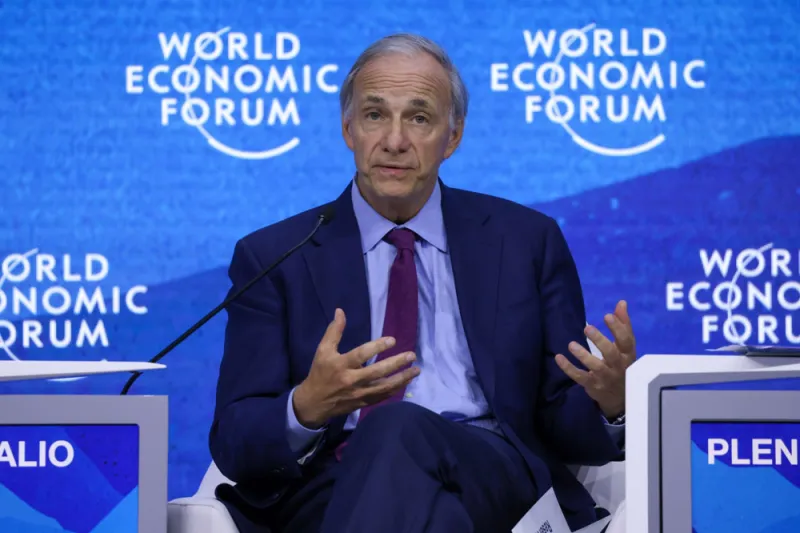Ray Dalio believes the Federal Reserve is likely to opt for a “middle course” in monetary policy that will result in stagflation.
The Bridgewater Associates founder argued in a Tuesday LinkedIn post that the economy’s machinations are much simpler than most of the “experts” are saying. And, in recent years, central bank policies “have not been good,” he wrote.
“The Fed is moving from printing and buying debt at an annual rate of around $1.5 trillion to selling it at an annual rate of $1.1 trillion, and from sharply lowering interest rates to sharply raising them,” he said. “For that reason, we experienced the big lurch forward and are now experiencing the big lurch backward.”
According to Dalio, that’s not what central banks should be doing. Instead, he said they should be operating “like a good driver drives a car — with gentle applications of the gas and brakes to produce steadiness rather than by hitting the gas hard and then hitting the brakes hard, leading to lurches forward and backward.”
Because of these lurches, the Fed is now in a position where “there isn’t anything that the Fed can do to fight inflation without creating economic weakness,” Dalio said. To try and avoid that, “over the long run the Fed will most likely chart a middle course that will take the form of stagflation,” he added.
In other words, the hedge fund billionaire thinks it’s likely we’ll get some a stagnant economy that still has elements of inflation. That’s because getting rid of inflation isn’t going to solve all the economy’s problems, he said.
“I now hear it commonly said that inflation is the big problem so the Fed needs to tighten to fight inflation, which will make things good again once it gets inflation under control,” Dalio noted. “I believe this is both naïve and inconsistent with how the economic machine works. That’s because that view only focuses on inflation as the problem and it sees Fed tightening as a low-cost action.”
When central banks fight inflation by “taking money and credit away from people and companies to reduce their spending” as well as by raising interest rates, which increases the amount of money that has to go toward paying interest, it lowers buying power, Dalio explained.
“While tightening reduces inflation because it results in people spending less, it doesn’t make things better because it takes buying power away. It just shifts some of the squeezing of people via inflation to squeezing them via giving them less buying power,” he wrote.
Says Dalio: “The only way to raise living standards over the long term is to raise productivity, and central banks don’t do that.”







